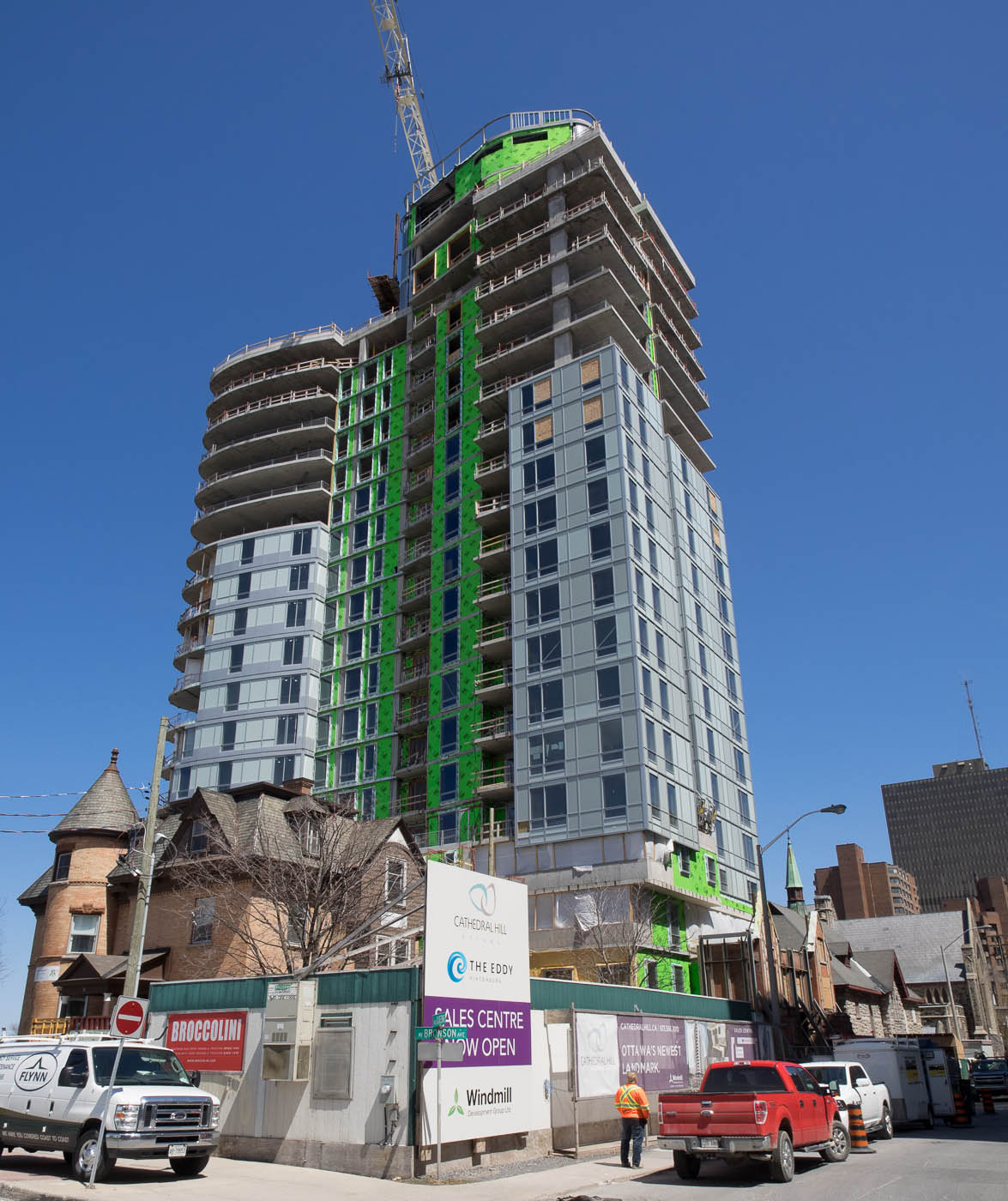The Diocese of Niagara has managed to alienate a significant segment of Guelph’s inhabitants by selling its buildings to property developers rather than other churches. It isn’t often that the Diocese of Niagara stirs up enough passion to convince anyone to parade around with a sign that has “Anglican” on it. In this case, though, “Anglican” is accompanied by another word: “greed”.

After a couple of church closures by the diocese, the Anglican Network in Canada is starting a new church: it’s Anglican and Christian.
From here:
At this season of renewal, Guelph is also experiencing a renewed expression of Anglicanism. Under the leadership of the Reverend Zena Attwood, “St Jude, Guelph” wants to be a spiritual home for seekers and Christians who value ordered worship combined with serious Biblical and theological scholarship.
St Jude belongs to the Anglican Network in Canada, an alternative Anglican jurisdiction that Ms Attwood says embodies the best of Anglicanism’s catholic, reformed, evangelical, and charismatic traditions. She explains that the impetus to form the St Jude community predates the demise of two of Guelph’s four Anglican congregations, but she hopes that St Jude may help to stanch the hemorrhaging of Guelph’s Anglican community.


 “Just prior to my becoming bishop, three parishes voted to walk away from the diocese of Niagara,” Bird said in an interview with the Anglican Journal. “There was a subsequent fourth one some months after…that.” What he needed to do, he said, was to draw “a good group of people around the episcopal office.”
“Just prior to my becoming bishop, three parishes voted to walk away from the diocese of Niagara,” Bird said in an interview with the Anglican Journal. “There was a subsequent fourth one some months after…that.” What he needed to do, he said, was to draw “a good group of people around the episcopal office.”
